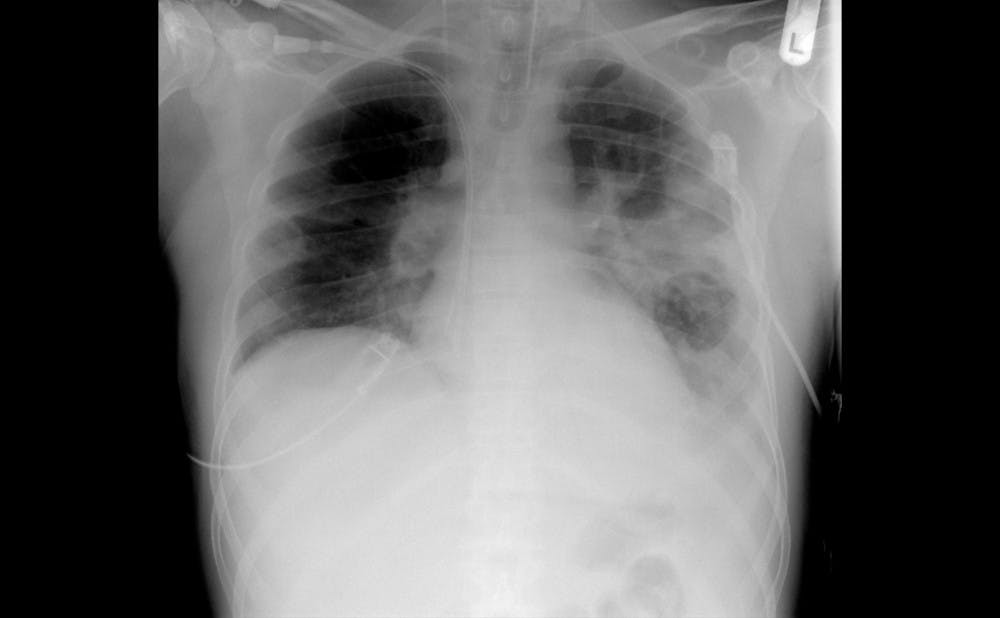Cancer medication may help treat pneumonia too.
Researchers in the Department of Pharmacology and Cancer Biology at Duke University Medical Center found that in mice models, drugs used to traditionally treat lung cancer helped regenerate lungs damaged by diseases such as bacterial pneumonia.
Over the past five years, MD-Ph.D. student Aaditya Khatri and senior author Ann Marie Pendergast, Anthony R. Means cancer biology professor, have been working to create this novel treatment.
During his second year of medical school at Duke, Khatri grew interested in sepsis, a life-threatening condition that is estimated to result in 6 million deaths each year worldwide.
“The only intervention that has been shown to improve outcomes in patient with sepsis is antibiotics in the first hour," Khatri said. "And if a patient comes into the [emergency department] by the time they’re already in septic shock or having symptoms, you may already be outside that window."
Khatri said that their lab wanted to see if they could come up with a new strategy to treat these patients.
The new strategy specifically targets ABL kinases—proteins that are over-active during a respiratory infection. By inhibiting ABL kinases using the cancer drug, normal cells in the lower airway were able to migrate to sites of injury in the alveolar epithelium—lung cells that serve as a barrier against harmful environmental agents during gas exchange—and thus promote regeneration.
In response to sepsis, fluid accumulates in the lung due to damage to the alveolar epithelium and leaky blood vessels. Previous therapies targeting blood vessels have not been proven to be effective, but the current research focuses on targeting lung epithelial cells to treat pneumonia pathology. These new findings from the Pendergast lab show that ABL kinase inhibitors are effective at promoting regeneration of the alveolar epithelium of lungs in mouse models of pneumonia.
“What we saw was that ABL kinases in the knock-out mouse were important in the permeability of endothelial cells,” said Khatri.
Mice that were administered this drug showed markedly higher levels of improvement when compared to mice given a placebo.
The drug used to treat pneumonia in mouse models in this study was initially employed to target the cancerous ABL kinase that is abnormally activated in human chronic myelogenous leukemia (CML), a blood-cell cancer.
Pendergast drew from the considerable amount of previous research she’s done into the pathways relating ABL and leukemia while working in the lab of Owen Witte, director of University of California-Los Angeles Broad Stem Cell Research Center. Although ABL kinase inhibiting drugs have been traditionally applied to the treatment of cancer, their potential for repair of lung cells has only been recently discovered.
“That’s the nice thing about science—that you get these accidental discoveries,” Pendergast said.
Pendergast and Khatri have hopes of translating this discovery to clinical application, but as of right now, they are unsure if this drug could have the same regeneration potential in humans.
“The biggest concern with this is in general that differentiation pathways of cells in humans [are] considered to be a little different from mice,” Khatri said.
Get The Chronicle straight to your inbox
Sign up for our weekly newsletter. Cancel at any time.

